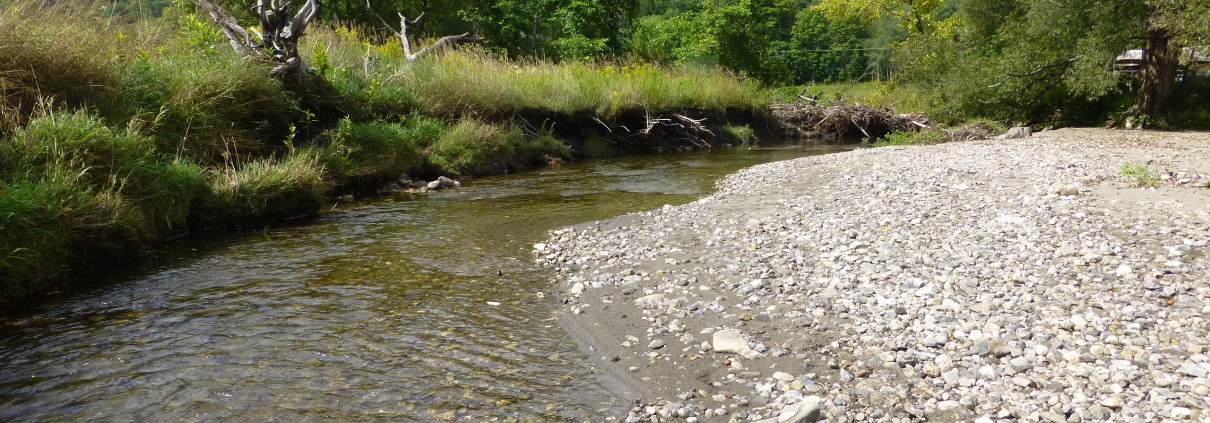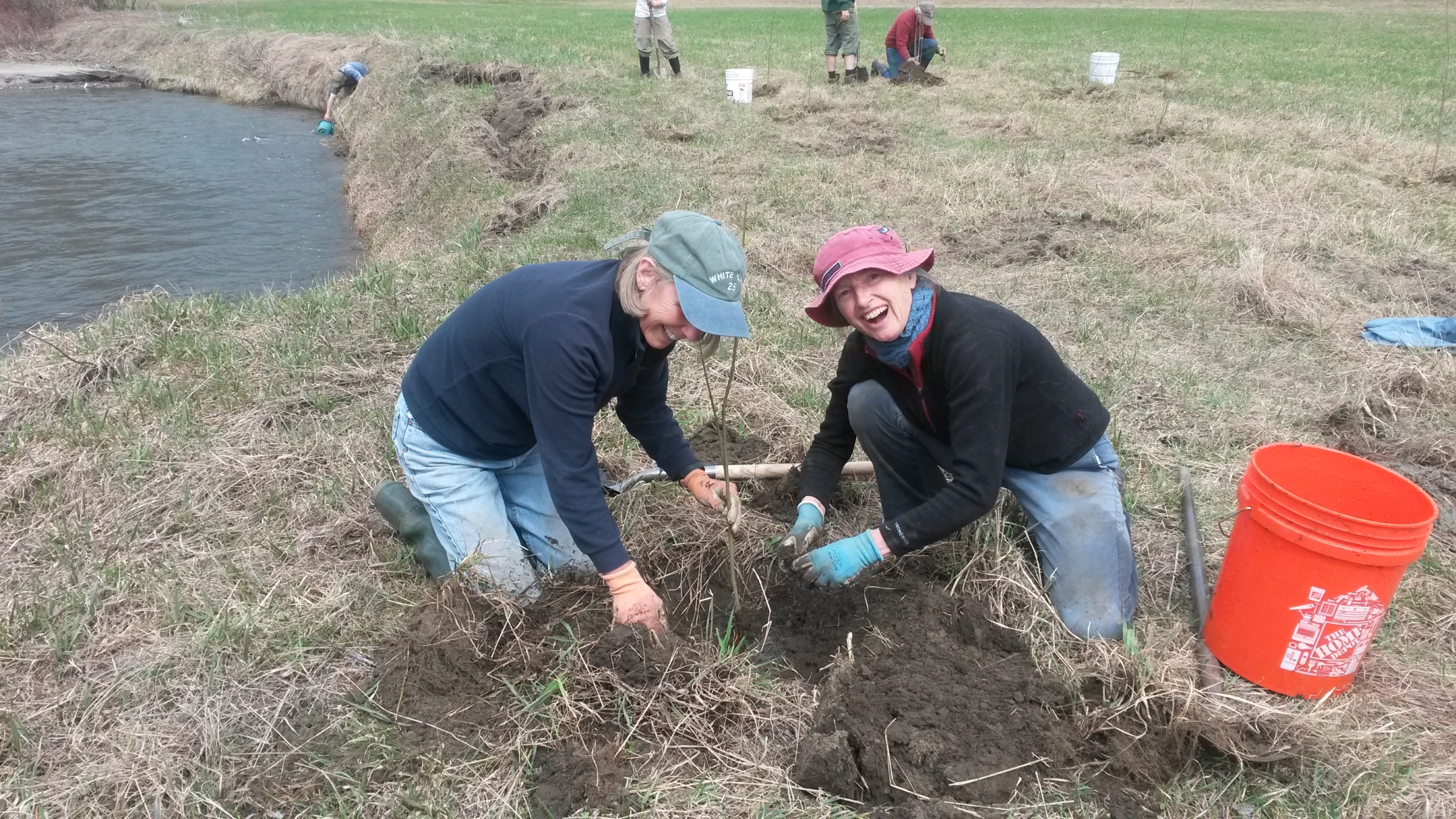A Right to Meander: the Ompompanoosuc Flows Free
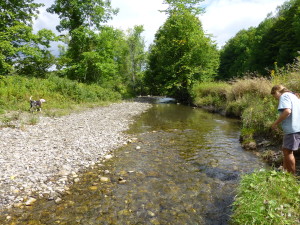 Working with the Vermont Department of Environmental Conservation (DEC) and two sets of generous landowners, the Upper Valley Land Trust (UVLT) has protected 31.4 acres of a DEC-defined River Corridor along the Ompompanoosuc River in West Fairlee. An Ecosystem Restoration Program (ERP) grant allowed UVLT to purchase river corridor protection easements along approximately 0.9 miles of the Ompompanoosuc River on two adjacent farms. In addition, owners Paul Modern and Laurie Hildebrandt of Odd Dog Farm, and Doug Dresser of Dresser Farm, protected additional uplands of field and forest outside of the River Corridor, bringing the total area protected to over 129 acres of vital habitat. Due to the fact that the Ompompanoosuc River bisects the properties and other tributaries flow into it, this has resulted in almost 12,000 feet of frontage protection or over 2 miles!
Working with the Vermont Department of Environmental Conservation (DEC) and two sets of generous landowners, the Upper Valley Land Trust (UVLT) has protected 31.4 acres of a DEC-defined River Corridor along the Ompompanoosuc River in West Fairlee. An Ecosystem Restoration Program (ERP) grant allowed UVLT to purchase river corridor protection easements along approximately 0.9 miles of the Ompompanoosuc River on two adjacent farms. In addition, owners Paul Modern and Laurie Hildebrandt of Odd Dog Farm, and Doug Dresser of Dresser Farm, protected additional uplands of field and forest outside of the River Corridor, bringing the total area protected to over 129 acres of vital habitat. Due to the fact that the Ompompanoosuc River bisects the properties and other tributaries flow into it, this has resulted in almost 12,000 feet of frontage protection or over 2 miles!
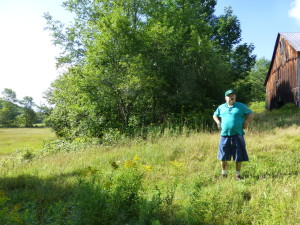 Enthusiastic support and guidance for this project was provided by the West Fairlee Conservation Commission and the West Fairlee Planning Commission. Additional funding c
Enthusiastic support and guidance for this project was provided by the West Fairlee Conservation Commission and the West Fairlee Planning Commission. Additional funding c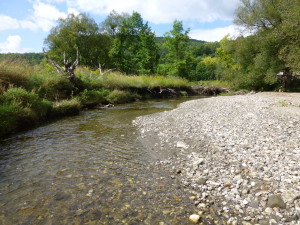 ame from the Upper Connecticut River Mitigation and Enhancement Fund (MEF) of the New Hampshire Charitable Foundation.
ame from the Upper Connecticut River Mitigation and Enhancement Fund (MEF) of the New Hampshire Charitable Foundation.
The Ompompanoosuc River is a high priority river reach for the State of Vermont. Heavy flood events in the recent past have highlighted the need for enhancing and protecting the river’s natural patterns of flow and flooding in order to reduce damage from erosion and lower pollution levels. Odd Dog Farm and Dresser Farm were identified in the West Fairlee Conservation Commission’s River Corridor Plan as target areas for conservation. The easements with UVLT provide for special protection areas along the river for a certain width that include limiting permanent structures and cutting activities, and allowing the river to meander at will. Although prohibited directly adjacent to the river, agricultural activities are still permitted on the majority of the fields.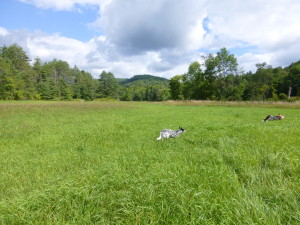
By allowing rivers to seek a state of equilibrium along meaningful stretches, the economic costs from floods to public infrastructure, like roads and bridges, can be mitigated. The conservation easements on these properties will allow for that equilibrium, while advancing UVLT’s strategic focus on water resource protection and serving the goals of the state and local community.

